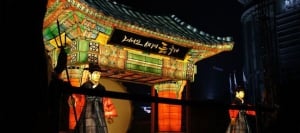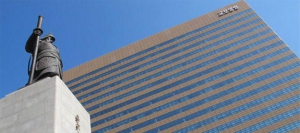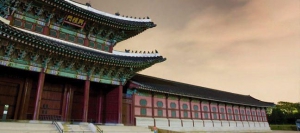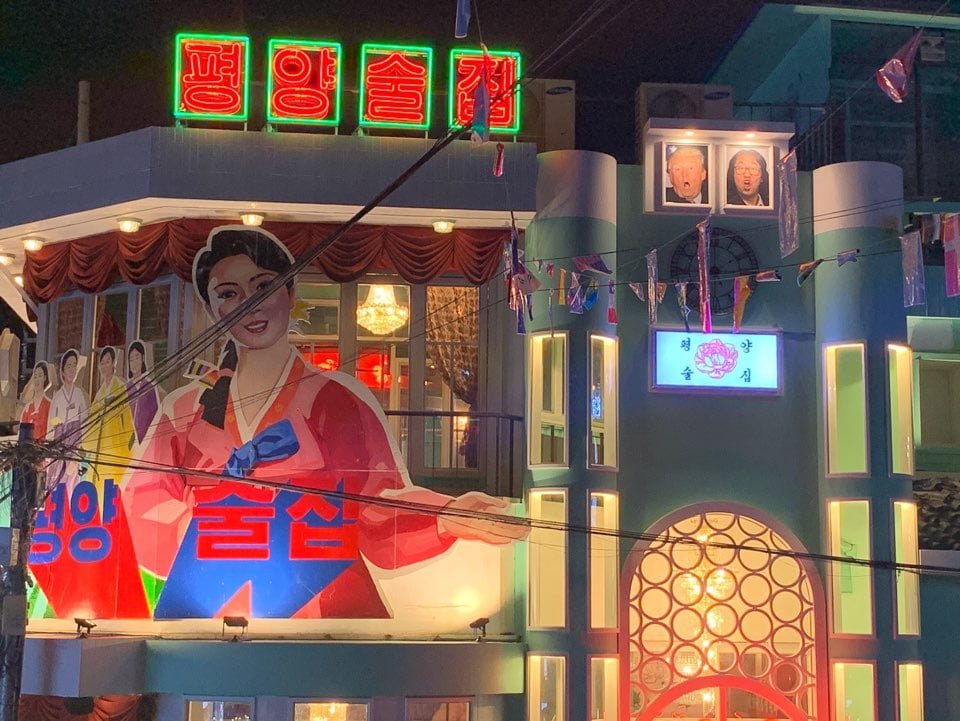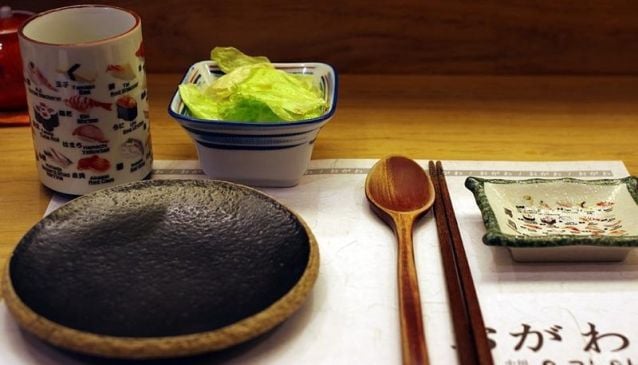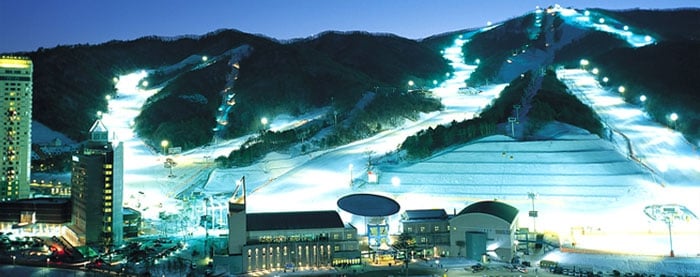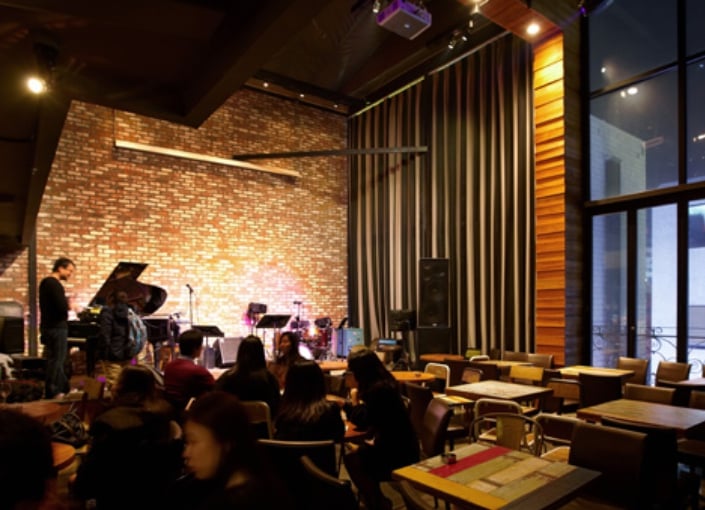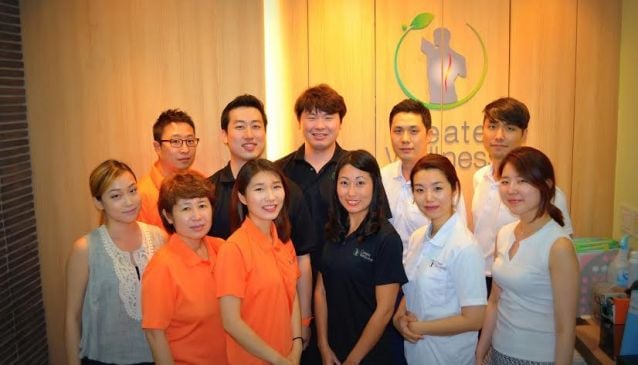Facts about South Korea
- Official title: Republic of Korea
- Location: In the southern part of the Korean Peninsula.
- Topography: South Korea is located in the Northern temperate zone in a mountainous terrain.
- Population: 51,225,308
- Area: 100,210 km2 (38,691 sq mi).
- Language: Korean (Major tourist attractions offer language services in English, Japanese and Chinese).
- Religion: Christianity 25%, Buddhism 25%, Minor religios groups include confucianism and others.
- Climate: Four distinctive seasons: Cold and dry winters, hot and humid summers and rather clear and dry spring and fall.
- The Korean Peninsula extends southward from the eastern end of the Asian continent. It is roughly 1,000 km (621 miles) long and 216 km (134 miles) wide at its narrowest point.
- Mountains cover 70% of the land mass, making Korea one of the most mountainous regions in the world. The lifting and folding of Korea's granite and limestone base has created landscapes of scenic hills and valleys.
- The Korean Peninsula is divided just slightly north of the 38th parralel.
- The democratic Republic og Korea in the South and communist Korea in the North are separated by the Demilitarized Zone.
- South Korea has a population of 48.8 million as Janurary 2012.
- South Korea consists of nine provinces (do); the capital Seoul; the six metropolitan cities of Busan, Daegu, Incheon, Gwangju, Daejeon and Ulsan as well as 77 cities (si) and 88 counties (gu).
- The Korean Flag is called: "Taegeukgi".
- The design symbolizes the principles of the yin and yang forces in the Asian philosophy.
- The circle in the center of the flag is divided into two equal parts - the red half represents the proactive cosmic forces of the yang and the blue half represents the proactive forces of the yin.
- The circle is surrounded by a trigram in each corner. Each trigram symbolizes one of the four universal elements: Heaven, Earth, Fire and Water.
- Freedom of religion is fully guaranteed in the Republic of Korea.
- Korea's traditional religions: Shamanism, Buddhism and Confucianism, have all played an integral role in the country's sociocultural development.
- Christianity has developed a large following since its introduction to the peninsula in the late 18th century.
- In Korea, especially in Seoul, you will see many churches.
- The Korean language like Hungarian, Turkish, Mongolian and Finnish, is classified into the Ural-Altaic language group.
- Hangeul (The Korean Alphabet) is composed of 10 simple vowels and 14 consonants and is written in syllable units made up of two, three or four letters.
- Hangeul is fairly easy to learn and memorize and it has been widely acclaimed by linguists as an ingenious invention.
- Once upon a time a God named Hwanung, came from Heaven and transformed a bear into a woman. He then married her and she gave birth to a son, Tangun, the founder of Korea. Tangun created the first capital of the Korean nation in 2333 B.C and called it Joseon - 'Land of the Morning Calm'.
- Korea used to be a land of kingdoms ruled by different dynasties throughout the ages. The name "Korea" is derived from " Goryeo". The Goryeo Dynasty was an aristocratic government, ruling from 918-1392, establishing buddhism as a state religion.
- In 1392, The Joseon Dynasty came to power and adopted Confucianism as the state ideology. This was an important time as "hangul" was invented in 1443 and also Hanyang, presently Seoul, was established as the dynasty's capital in 1394. Palaces and gates constructed during this period can still be seen in the city today.
- The Japanese invasion in 1910, ended the Joseon Dynasty and Korea remained under Japanese rule for 35 years until the end of World War II.
- On August 15, 1945, Japan surrendered to the Allies and withdrew from the Korean Peninsula, which was then divided into two: South Korea and North Korea.
- When the first night of the new year comes everybody hides their shoes. This is because there is a belief that a ghost will come down and try on everyone's shoes. If the ghost finds a pair it likes it will take it. It is the belief that the owner of the shoes will then have bad luck for the entire year.
- South Korea boasts of some of the biggest shopping malls in the world.
- As most people, South Koreans too have their set of superstitions, and one of its manifestations is the absence of 4th floor in most of the South Korean buildings.


